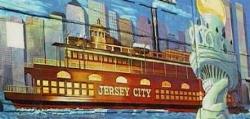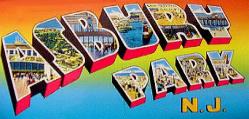 |  |  |
|
| ||
 |  |  |
 |  |  |
|
| ||
 |  |  |
|
|
Van Vorst laid out a small park, semi-circular, in shape, at what is now the foot of Grand street. Michael Cornelisen built a tavern just north of Grand street, near the water, a low frame house about forty feet in length, with a porch in front over which projected the extended Dutch roof. In 1800 this house, used as a tavern and ferry-house, with several spacious barns, stables and a store-house, were the only buildings on the Hoeck. In 1769 Van Vorst laid out a race course one, mile long around the sand hills and along the edge of the upland; this was in use, except during the war, until the founding of Jersey City in 1804. This was the only race course in Jersey City until the Beacon Race Course was established on the Hill in what was later Hudson City, about 1837-38, and discontinued about 1845. It was located southeast of where the reservoir now stands and was the scene of some very celebrated races. It was here on August 1, 1839, that Dutchman, trotting against time, made three miles in seven minutes, thirty-two and a half seconds. Hiram Woodruff claimed that he could h ave done it in seven minutes, twenty- seven seconds, or better; this record was not beaten until by Huntress at Prospect Park, September 21, 1872.
The ferry was leased to several different parties. In 1771 Abraham Messier obtained a lease for three years this was renewed in 1774 and as he died soon after his widow remained in charge, probably during the war subject to military control. Soon after the war her name is connected with the ferry, and in 1786 she petitioned for repairs to the ferry stairs on the New York side.
|
|
|
|
 Your Ancestors' Story |
 Bruce Springsteen's Jersey Shore Rock Haven! |

|
UrbanTimes.com |